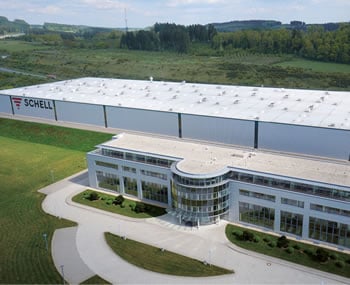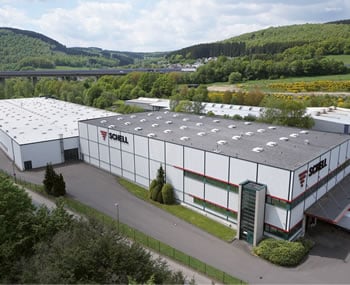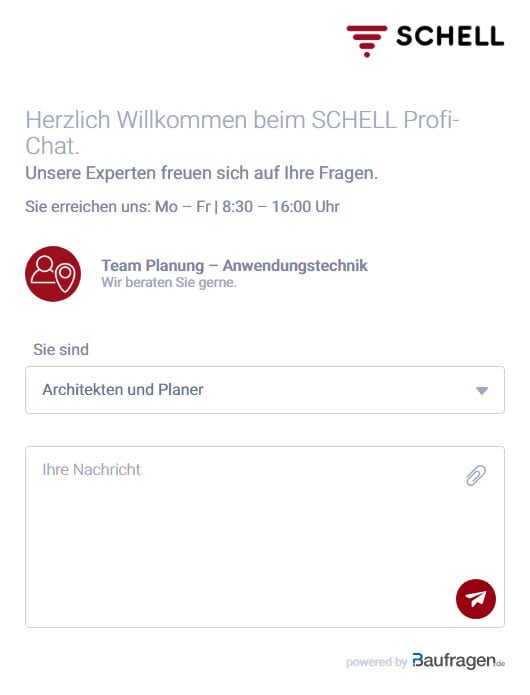Protecting young people is all-important – drinking water hygiene and saving water in schools and places of learning
7-minute read
Planners, architects and operators of schools and places of learning are duty-bound to ensure a cost-effective design for school buildings run by the council or local government. Sanitary facilities in schools built to a sustainable design need to be cost-conscious while prioritising drinking water hygiene. Yet how can this goal be squared with the day-to-day running of a school? Strong fluctuations in use are part and parcel of school life, after all, with high concurrencies during break times and long interruptions to building use in the holidays. SCHELL has a range of tried-and-tested, cost-effective solutions to match these scenarios.
Contactless fittings from SCHELL help support cost-effectiveness, user hygiene and drinking water quality
Contactless fittings from SCHELL save water – the school as a building scenario
Intelligent water management with SWS from SCHELL
Remote SWS management with SMART.SWS from SCHELL
Summary – drinking water hygiene and saving water in semi-public and public sanitary facilities
Thanks to its long experience, SCHELL is very familiar with the needs of drinking water installations and sanitary facilities in schools and similar buildings. SCHELL therefore offers targeted products and advice even before planning, during the construction or renovation phase and over the building’s entire lifetime. SCHELL offers solutions that efficiently support the maintenance of drinking water hygiene while ensuring the future-proof, economical operation of the drinking water installation. In this blog post, we highlight strategies and solutions that support planners, architects and building operators to implement approaches to saving water and maintaining drinking water quality in school buildings.
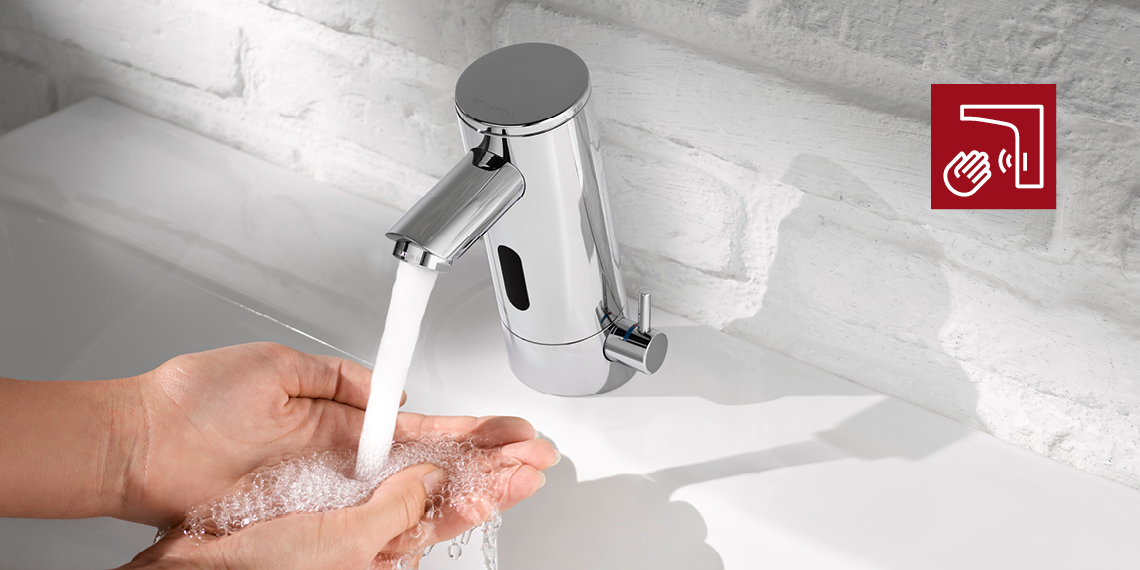
Contactless fittings from SCHELL help support cost-effectiveness, user hygiene and drinking water quality
Suitable fittings are an important component of an economical and hygienic drinking water installation in schools and places of learning. Contactless wash basin taps from SCHELL can be recommended as the most suitable solution here, since these can cut water consumption by as much as 70 percent when compared with regular single-lever mixers.
Sensor-equipped taps like the XERIS E-T, XERIS E, CELIS E or PURIS E interrupt the flow of water automatically once the user takes their hands out of the detection range of the sensor field. As a result, only the volume of water needed for handwashing is actually used. After use, the tap does not need to be closed manually, which also means it is impossible to forget to do this.
This triggering via an infrared sensor also helps to avoid physical contact with the tap, as the flow of water starts and stops automatically. During the hustle and bustle of school life, this is beneficial, since it significantly reduces the risk of contact infections. Electronic taps can also help to maintain the quality of the drinking water in school buildings with regular stagnation flushes.
Contactless fittings from SCHELL save water – the school as a building scenario
Our example shows how the use of contactless fittings from SCHELL offers considerable long-term savings. We have calculated a typical building scenario for you and provide a corresponding analysis as a download: In our imaginary school with 1,100 pupils and 40 teachers, the installation of contactless wash basin taps in our building scenario saves around 1,316,700 l of water every year. This cuts annual water and sewage utility bills by around EUR 5,878. For hot water (PWH), up to 752,400 l/year can be saved. Over the period of a year, this saves around EUR 8,485 on the costs of heating up this water. At the end of the day, school management in our building scenario could save around EUR 14,364 every year – just by installing contactless taps and fittings. Other decisions, such as deploying the SWS Water Management System from SCHELL could further amplify these savings.
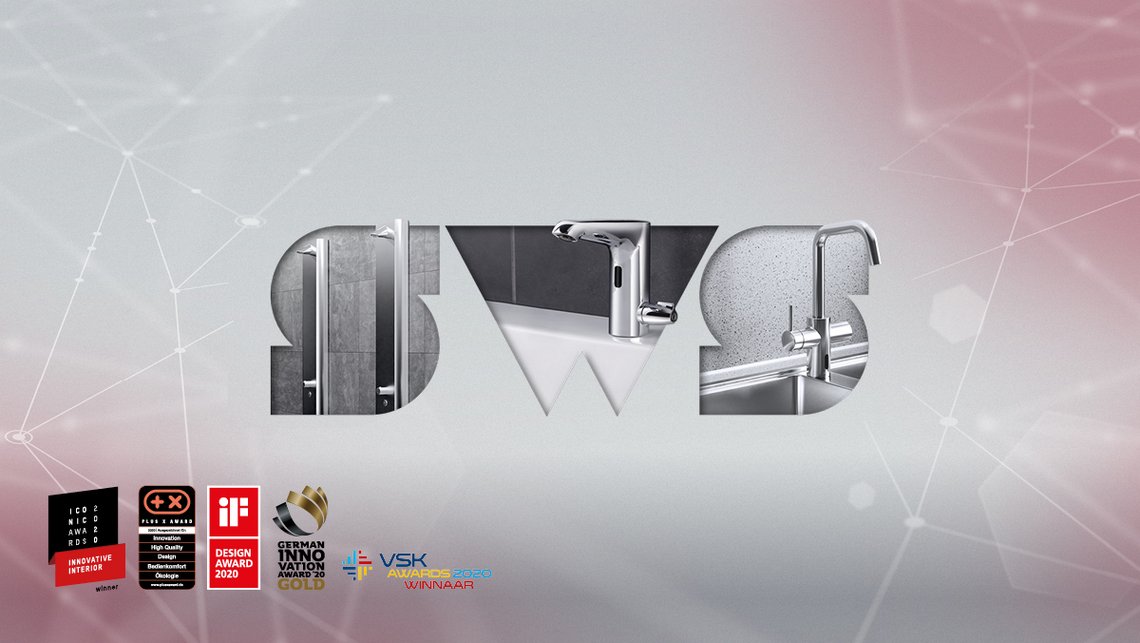
Intelligent water management with SWS from SCHELL
The stagnation flushes needed to maintain drinking water quality can be carried out economically and precisely by using the SCHELL SWS Water Management System. This networks the electronic SCHELL fittings in a building with a server. The corresponding software package can be used to configure all of the settings in relation to fitting parameters or automatically executed stagnation flushes, etc. from a time-saving and convenient, centralised location. Continuous record-keeping helps operators prove their legal duty of care in relation to the maintenance of drinking water quality.
SWS also offers the option of assigning fittings to groups. This means that a stagnation flush can be triggered across multiple fittings at the same time, so as to simulate specified normal operation.
Assigning fittings to groups has the decisive advantage of creating flow velocities high enough to generate turbulent flows and therefore flush the piping as effectively as is required. Especially in school buildings with large pipe diameters, these ‘concurrencies’ (as they are termed) typically make all the difference for drinking water hygiene. In addition, automated flushes are more precise and economical than manual flushes, since exactly enough water – no more, no less – flows through the system.
German water legislation requires facility managers to ensure a regular exchange of water across all tapping points. If usage interruptions last for longer than 72 hours, a manual or automated exchange of water must be completed to ensure that drinking water quality is maintained. A manual handling of the full exchange of water required means that all fittings would have to be opened sequentially – by the school’s facility manager, for example – one after the other. A concurrent flush would then be achieved only when water flows through all fittings. This requires a high level of water consumption as well as cyclic personnel deployment. In this case, a much more efficient and more economical approach to achieving concurrencies for stagnation flushes while reducing the facility manager’s workload would be to automate the process with a water management system like SCHELL’s SWS. As SWS offers both wired and/or wireless networking options for electronic fittings, even drinking water installations in existing properties can easily be retrofitted.
Remote water management with SMART.SWS from SCHELL
Modern places of learning no longer conform to the traditional image of a single, monolithic school building, with all of the teaching literally taking place under one roof. Schools now tend to be campus-oriented establishments, whose premises are spatially discrete although the facility is still centrally managed. For facility managers, not having to visit the individual buildings to manage fittings and installations is therefore a significant bonus. The browser-based online SMART.SWS service is an innovative add-on to SWS that gives facility management remote access (using an encrypted data channel) to all of their facilities at a glance.
SMART.SWS offers an overview of runtime parameters for the installations managed with SWS. Depending on their assigned roles, authorised users can work with SWS servers individually or as a group. SMART.SWS users merely require an internet connection and an installation that uses SCHELL SWS.
From a single server-level view to a general overview of all of the buildings: messages, calculated water consumption and much more is all attractively visualised by the SMART.SWS dashboard. The dashboard elements vary according to the user role, ensuring that users only see the data that is relevant to their task area: building owners have access to data for all of their buildings, facility managers will see just a single building, while technicians will be given dashboard access only for a single server, for example. If changes occur in use, such as during holidays, stagnation flushes and other parameters can be adjusted remotely, and therefore optimally set up to maintain drinking water quality and ensure economical operation of the drinking water installation.
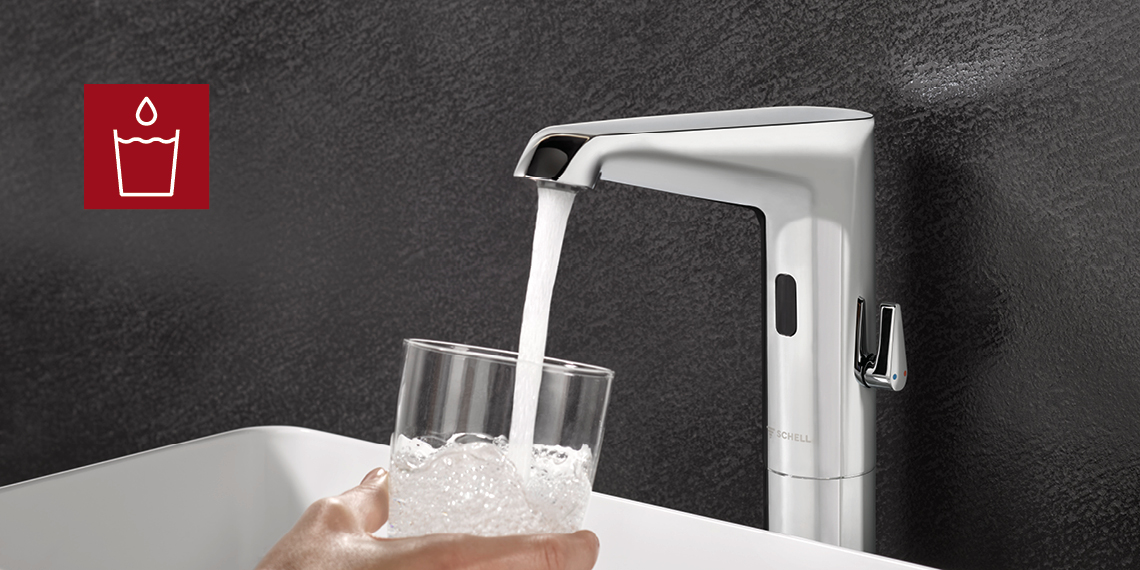
Summary – drinking water hygiene and saving water in semi-public and public sanitary facilities
SCHELL offers an optimum set of solutions to promote user hygiene and support the maintenance of drinking water quality in (semi-)public and commercial sanitary facilities. With contactless fittings and SWS, private and municipal owners alike also save energy and water in their school buildings.
The sample calculation from our building scenario shows that solutions from SCHELL offer a rapid return on investment. Incidentally: if the six-week summer holiday period is used for changing over to solutions from SCHELL, then normal, day-to-day operation of the school building can start immediately when the holidays end.
For an in-depth look at how drinking water hygiene and savings can both be addressed by the interplay of suitable fittings with SWS from SCHELL, check out our interview with Guido Wurm, Product Manager for Digital Products at SCHELL.

![[Translate to English:] [Translate to English:]](/fileadmin/_processed_/1/b/csm_symstemloesungen_e2_thumb_6bca267f26.jpg)
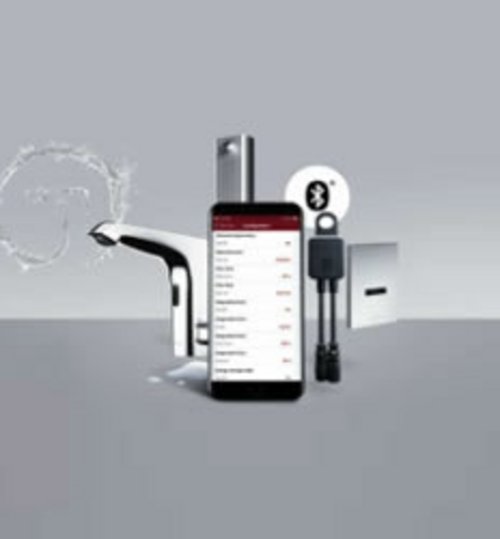
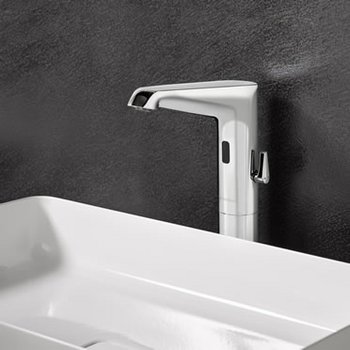
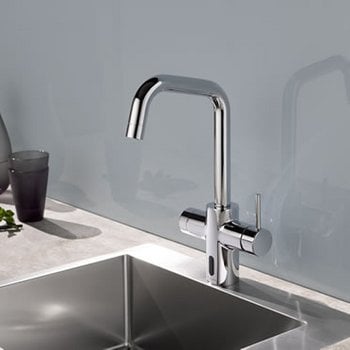
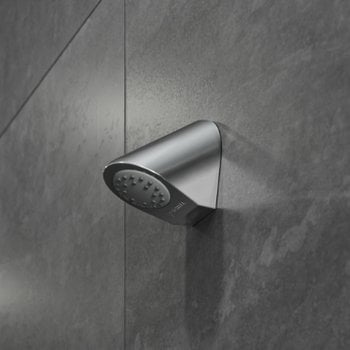
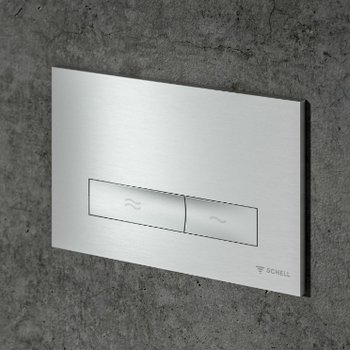
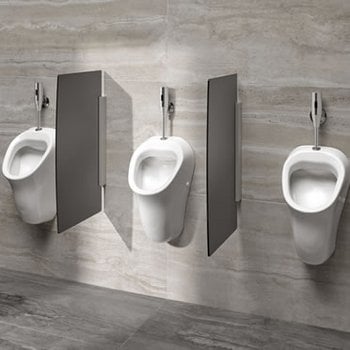
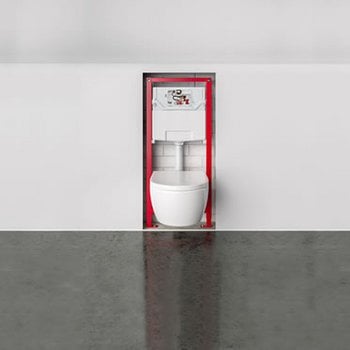
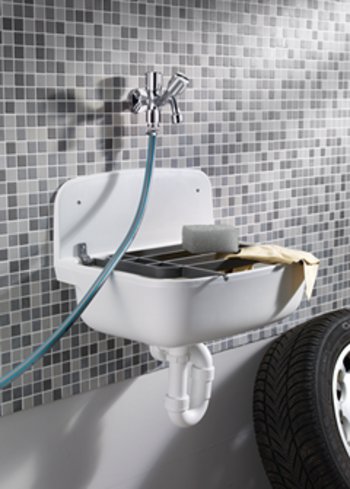
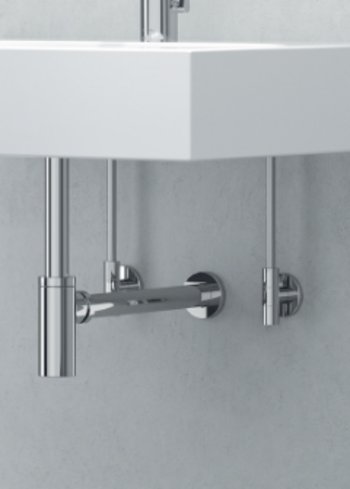
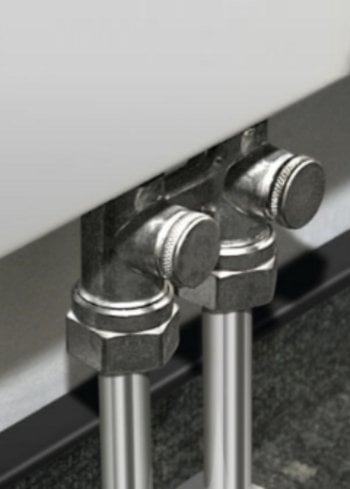
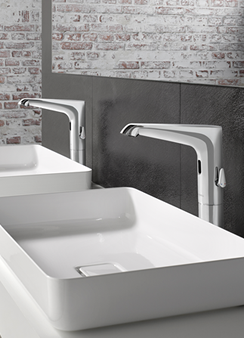
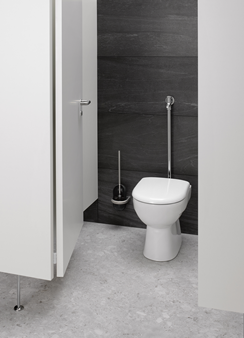
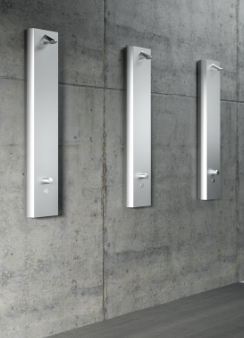

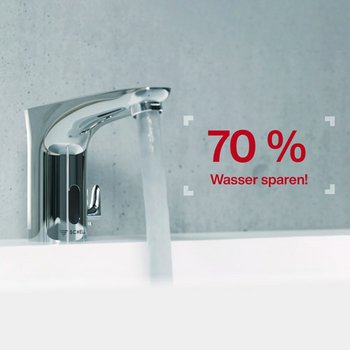
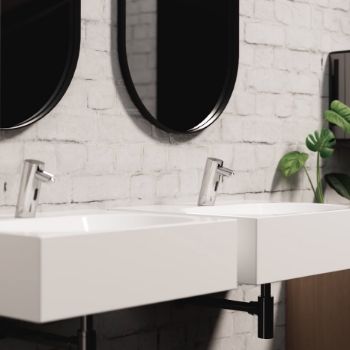

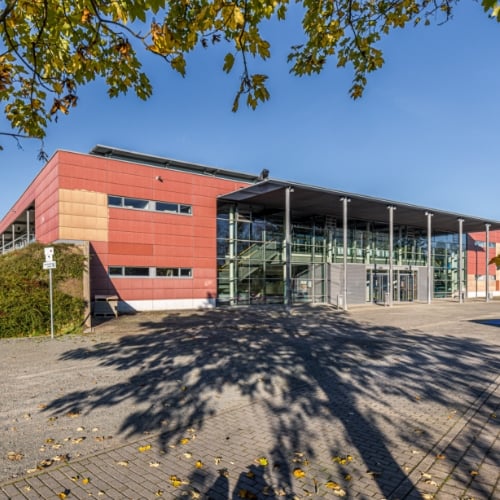
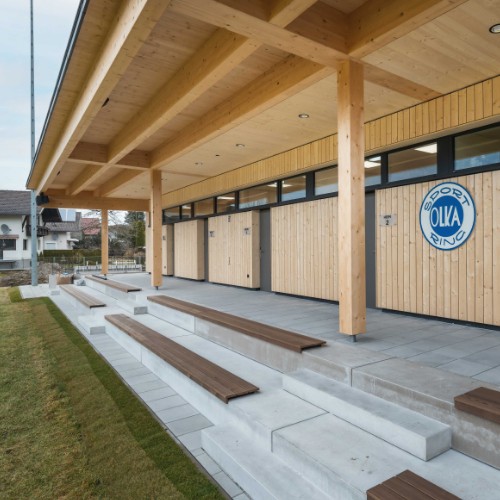
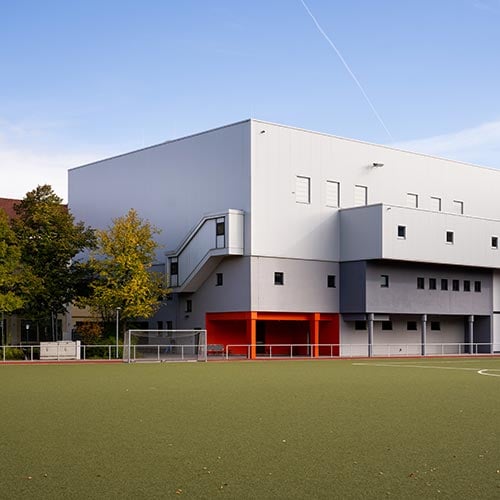

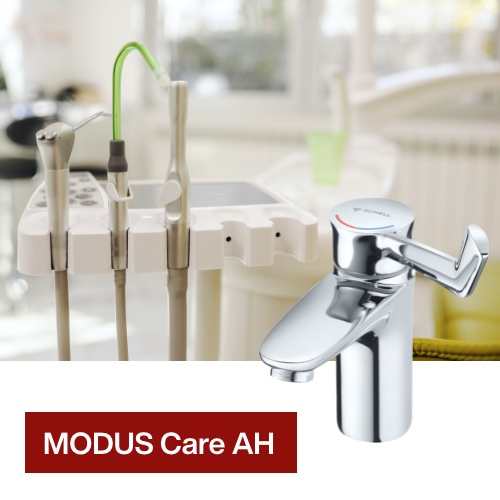
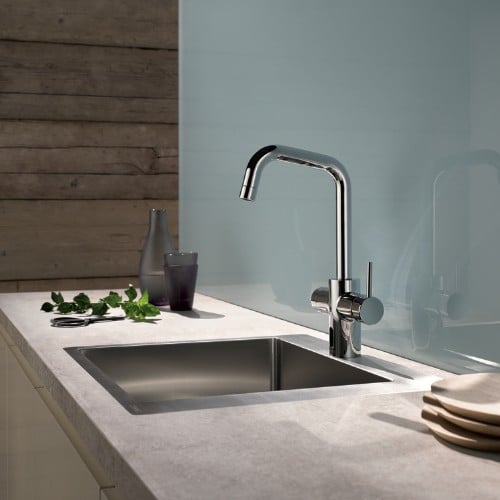
![[Translate to English:] [Translate to English:]](/fileadmin/user_upload/images/menu/menu_service_downloads_broschueren.jpg)
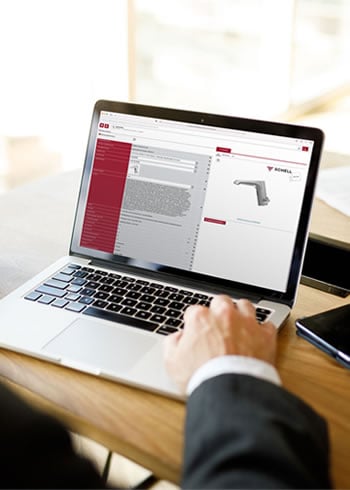
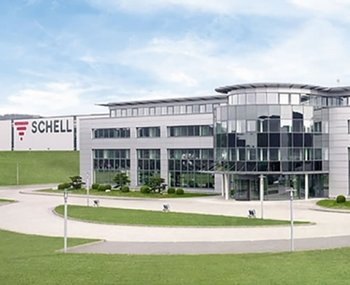


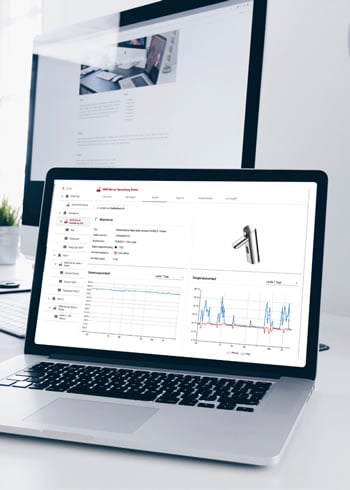

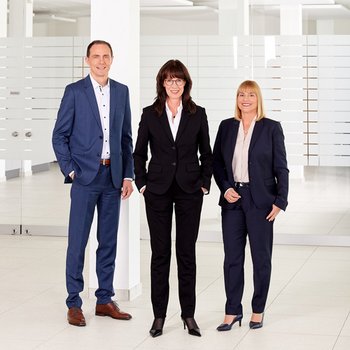
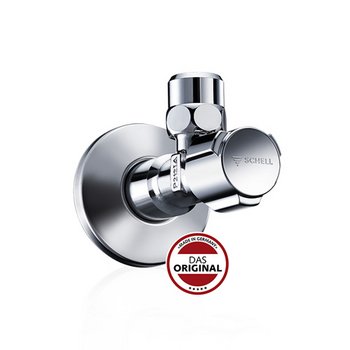
![[Translate to English:] [Translate to English:]](/fileadmin/_processed_/7/7/csm_menu_unternehmen_ueber-schell_awards_f6cec25b1d.jpg)
![[Translate to English:] [Translate to English:]](/fileadmin/_processed_/a/0/csm_menu_unternehmen_ueber-schell_wasser-sparen_41036d2dd9.jpg)


